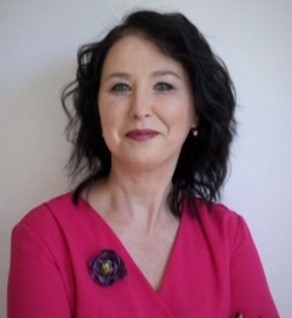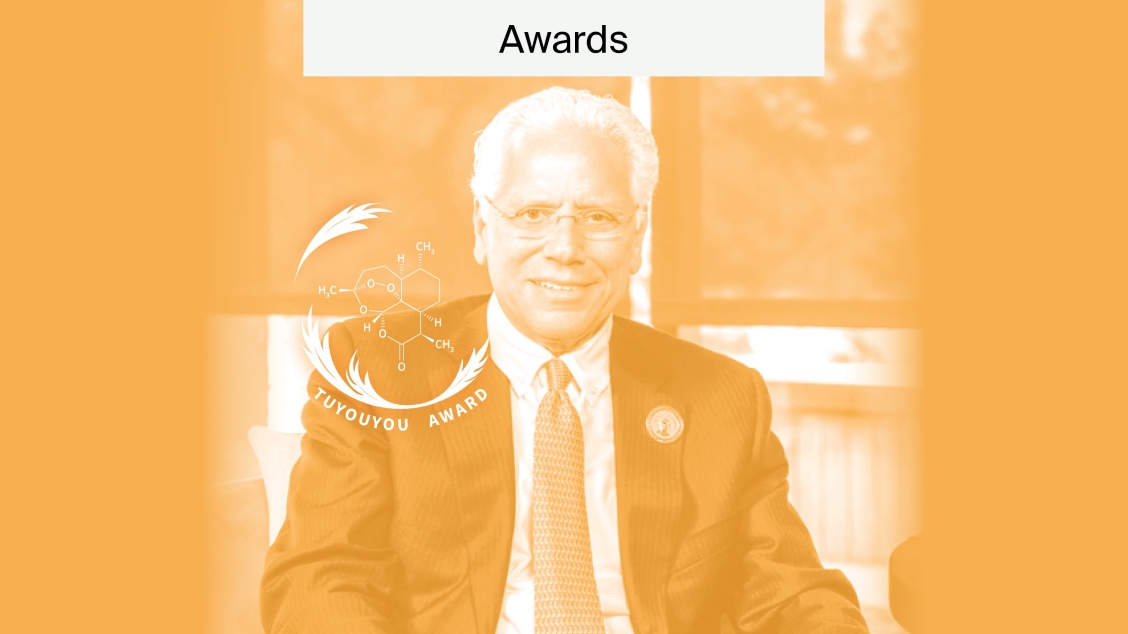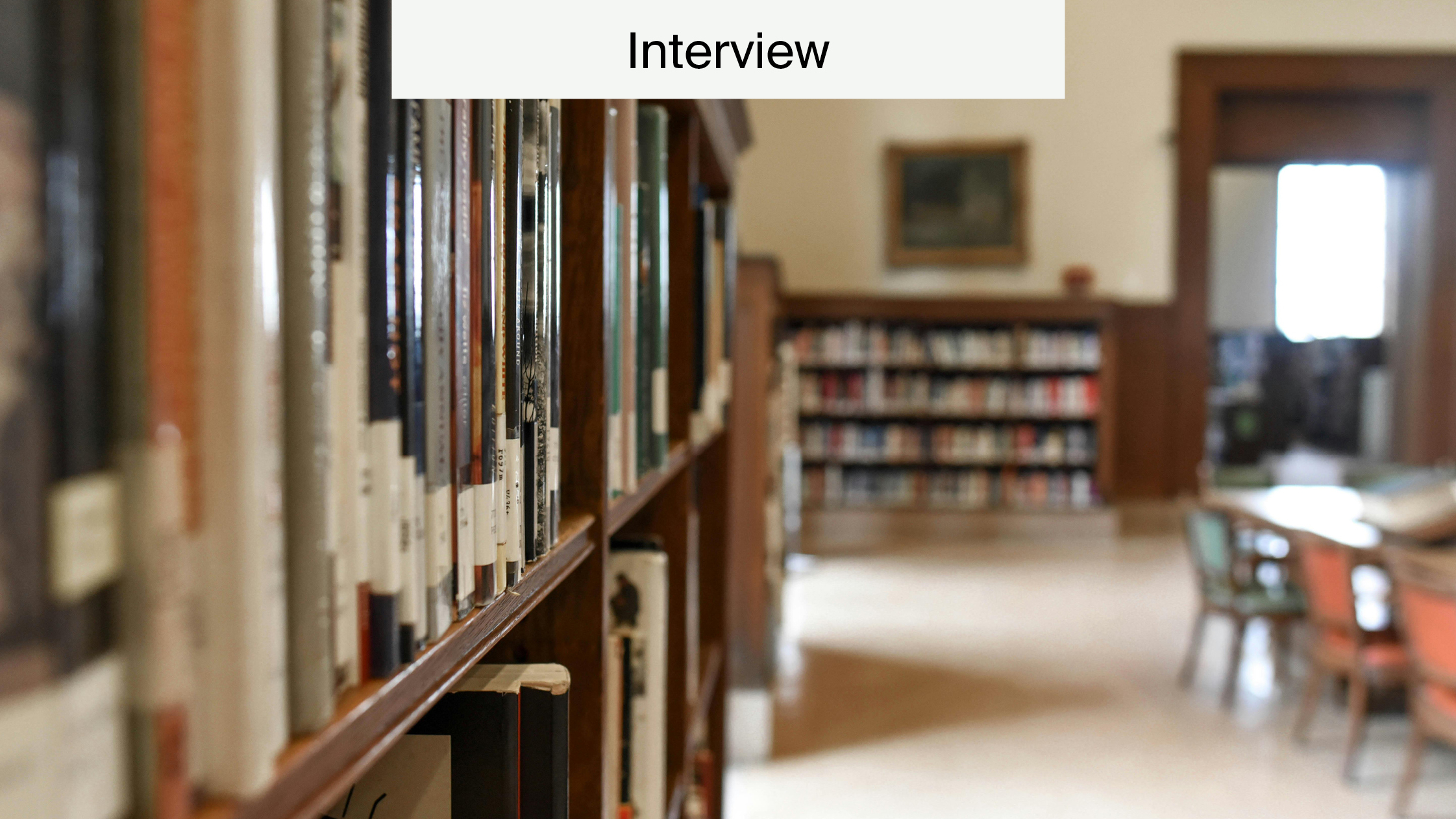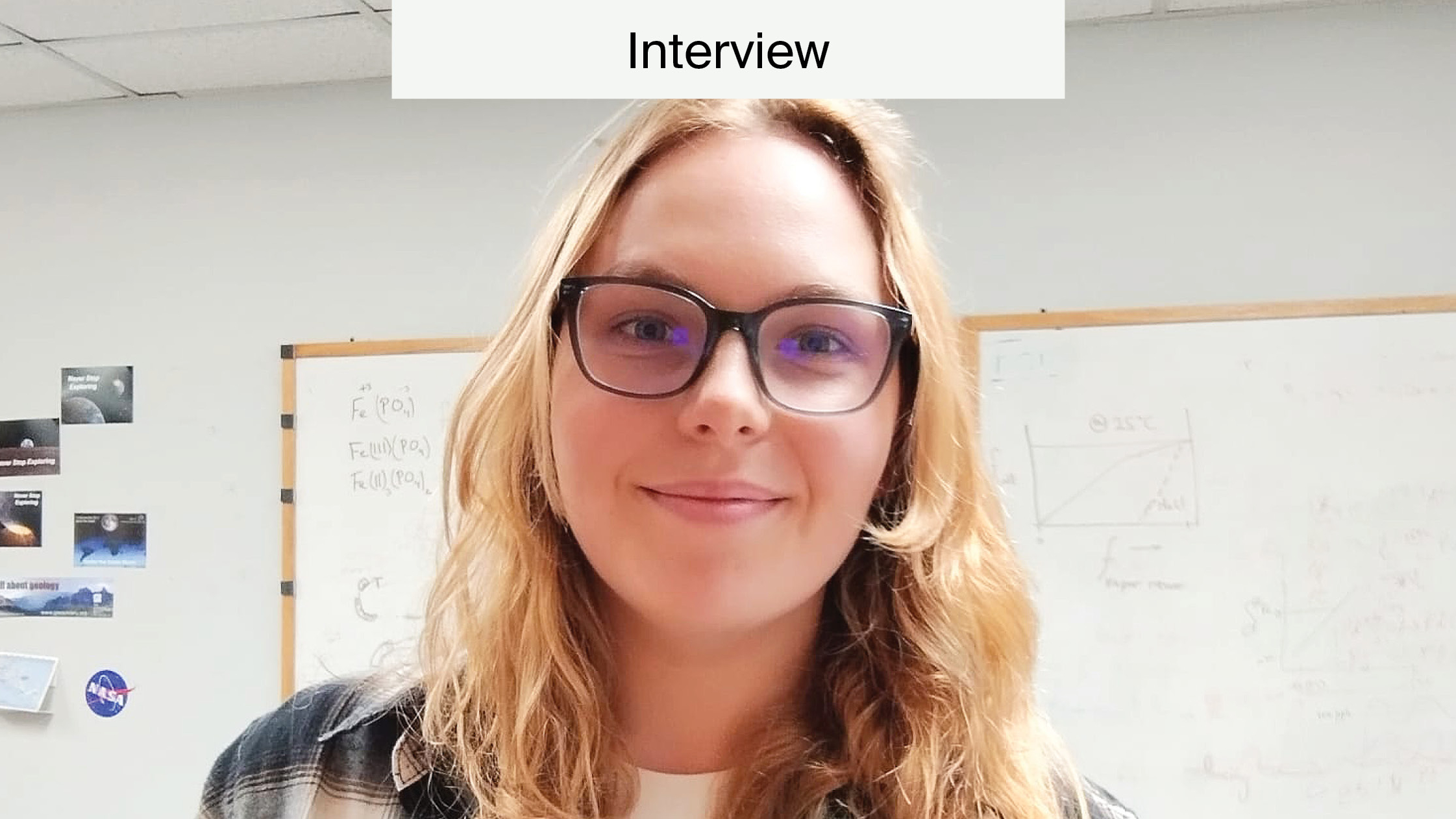
The Drive for More Women in Engineering—Dr. Katalin Balazsi Interview
International Women in Engineering Day (INWED) is a celebration of the work that women engineers do every day. The observance aims to encourage women to participate in engineering and related fields.
INWED was first established in 2014 by the Women’s Engineering Society (WES) as a national event. In 2017, it expanded to be international. WES itself was formed in the UK just after World War One, when women took on traditionally male roles, including in airplane mechanics, ammunition testing and agriculture.
Women in engineering
Currently, only 13% of engineering workers in the UK are female. There has now been a global skills shortage in engineering for several years. It is therefore an opportune moment to rebalance the gender paradigm in this male-dominated profession.
However, this disparity seems to be unique to certain countries, such as the UK and the USA. In some European and Muslim-majority countries, the gap has been closing for a while. In particular, Norway, Lithuania, Latvia, Oman and Malaysia are leading the way, where more than 50% of engineers are female.
Nevertheless, aspiring female engineers in underrepresented countries may be motivated by the historic contributions of women.
History of women in engineering
As early as the 19th century, western women have been actively contributing to engineering and technological advancements. In 1843, Ada Lovelace, the daughter of Lord and Lady Byron, created the first algorithm designed for a computer.
Despite the revolutionary progress made, and the encouraging increase in the number of women in engineering in other countries, there is still a wealth of female talent that is not making it to industry. The aims of INWED are therefore just as important as ever.
MDPI engineering
Eng is MDPI’s engineering journal. Set up only last year, four Special Issues have already been published. Engineering papers are also showcased in other journals, such as Energies, Materials and Applied Sciences.

As part of International Women in Engineering Day, we sat down with Dr. Katalin Balazsi, Guest Editor of the Special Issue “Women in Science: Materials Science and Engineering” in Materials.
She is a senior scientist and head of the Thin Film Physics Department at Centre for Energy Research, Eötvös Lóránd Research Network.
How did you become an engineer?
I was born in a small village in Slovakia. During my elementary school years, I represented my school in competitions, mostly mathematics, the majority of which I won.
My father enrolled me in an electrical high school when I was 14. Only 5 girls were in this school; there were 32 boys. I finished secondary school as an electrician with excellent results—I achieved a first.
The next step was university. I studied at Slovak Technical University (STU) in Bratislava, Slovakia. I completed my BSc in 2000 and graduated from my MSc in 2002 as a material engineer. In 1996, 1200 men and 9 women were admitted to the university. Six years later, 290 students, 5 of whom were women, graduated from the MSc program.
Thanks to the open position at Slovak Academy of Sciences (SAS), I started my work as a technician during my MSc and continued my PhD scientific work there. I completed my PhD in 2005 at STU.
I then applied to work in FP5 at Institute of Technical Physics and Materials Science in Budapest, Hungary, as a postdoctoral researcher.
Currently, I am leading one of the biggest departments at the Centre for Energy Research, Eötvös Lóránt Research Network in Budapest.
Did you always want to be an engineer?
No way! I was born close to the Slovak–Hungarian border. My family owned land with vegetable, fruit and grape crops; my mother and grandmother prepared the best cakes in the neighbourhood, mainly for weddings. My dream was to be a baker.
What can we do to encourage women in engineering?
I think that career guidance is lacking in the STEM field. Teachers and parents have very limited information about paid opportunities and potential future jobs.
There are many solutions. Specialised programs and various actions at the national and international levels could allow high school students to be placed in real-life environments. Mentoring, part-time jobs during maternity leave and a women-focused career model could also help to re-balance the field of engineering.
Why is International Women in Engineering Day important?
International Women in Engineering Day is the most important day for us. It allows us to draw attention to the importance of female engineers.
Young women and girls need role models who they can look up to and who we can use to popularise scientific and engineering professions, and it is clear that women can be successful in so-called men’s professions.
What do you think prevents women from entering, and remaining in, the field of engineering?
The confidence that they can do it. Their environment does not help them either. They cannot find supporters or positive examples. Stereotypes also greatly influence women, as there are typically female and male professions.
Also, let’s be honest, it is very rare for a young girl to imagine herself as an engineer. The goal is not to make every woman an engineer! But if a woman wants to be an engineer, she has the opportunity.
Let’s go after our dreams, because who dares, wins!
MDPI and future research
We’re committed to diversity and equality here at MDPI. See our article The Importance of Women in Research for more on the topic.










